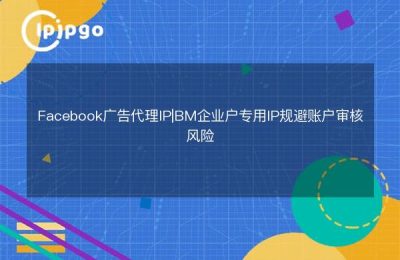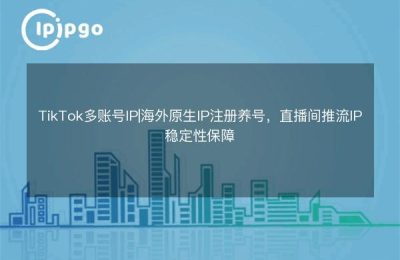
Proxy IP Stability in Real Scenarios Practical Manual
Last week I received an urgent task: an e-commerce price monitoring program suffered IP blocking for 3 consecutive days. In order to verify the long-term stability of the proxy IP, the ipipgo residential proxy was used to do the7 days x 24 hours stress testThe data recorded throughout the process could turn your perception of agency services upside down.
Test Environment Setup Essentials
Distributed test nodes were built by simulating real data collection scenarios:
1. Deploy 1 server in East China and 1 server in South China and configure ipipgo dynamic residential proxy.
2. SettingsFrequency of 5 minutes/timesAccess to the target site
3. Record the response time, success rate, and IP survival cycle for each request.
4. Special monitoring of performance during early morning peak flows
Record of observations of key indicators
A total of 2016 requests were initiated during the test period, and the core data is shown below:
| dates | Average response (ms) | success rate | Number of IP replacements |
|---|---|---|---|
| Day 1 | 872 | 98.7% | 11 |
| Day 3 | 903 | 97.2% | 9 |
| Day 7 | 845 | 99.1% | 13 |
Noteworthy phenomena:Success rate drops to 89% at 2am Wednesday morningThe system automatically switched 3 groups of IP segments within 15 minutes.
The three lifebloods of stable agents
The core elements of stability are summarized based on the test results:
1. IP Pool Update Cadence: Quality Service Chamber intelligently adjusts the frequency of IP replacement according to the usage scenarios, avoiding fixed time regularity
2. Failure of the Early Warning Mechanism: ipipgo's real-time monitoring system initiates the replacement process 30 seconds before the IP fails.
3. Geographic dispatch capacity: automatically switch neighboring regional proxy nodes when IP quality fluctuates in a specific region
A guide to avoiding the pitfalls of continuous operation
Maintenance tips summarized from the real world:
- set upDouble heartbeat detection: Send verification requests every 2 minutes to detect anomalies earlier than business requests
- configurestepwise retry strategy: First failure to cut IP, second failure to cut region, third failure to suspend the task
- utilizeIP cooling function: whitelist high-value IPs, set a 6-hour cooling-off period to recycle them
Frequently Asked Questions
Q: Why does the testing cycle take 7 days?
A: Most websites have a 7-day behavioral analysis cycle in their wind control system, and you need to observe the IP's survival performance during the whole cycle.
Q: What should I do if I encounter a regional network failure?
A: ipipgo's intelligent routing can automatically avoid failure areas, and it is recommended to turn on more than 3 standby area nodes at the same time.
Q: How to balance the frequency of IP replacement with stability?
A: Dynamically adjusted according to the anti-climbing mechanism of the target site, ipipgo support settingsTriggered by number of requests/time thresholds/errorsThree switching modes.
Validated over a full test cycle, the ipipgo Residential Agent demonstrates two significant advantages in continuous operation scenarios:90 Million IP Pool Ensures New Identity for Every Request(math.) genusMillisecond failover mechanismMake outage time almost imperceptible. It is recommended that long-running data collection projects reserve at least 20% of IP redundancy for unexpected situations.








